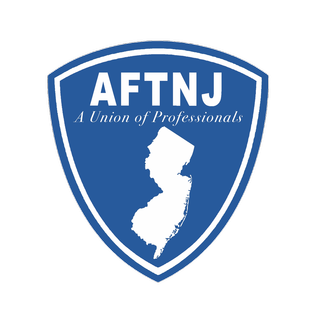By Adrianna Kezar, David Longanecker and Daniel Maxey
The faculty in postsecondary education has changed so much in the last 20 years that it has been labeled a “revolution” by researchers who study the professoriate. More than two-thirds of the faculty providing instruction in nonprofit higher education are currently employed off the tenure track, and their numbers continue to rise. This shift alone may be cause for concern, but the real dilemma is that institutions have not developed a new faculty model or employment practices that are based on a realistic conception of the faculty and its composition. The faculty model currently in use has not been achieved through intentional and thoughtful planning. It is the haphazardly derived product of casual, short-term planning and reactionary decision making amid constrained budgets; it reflects little thought or concern for its implications for student learning or enlightened employment practice.
Today, many faculty members have no job security or expectation of employment beyond the current term. Many do not receive benefits and their compensation is extremely low, averaging $2,700 per course, making it difficult to earn a living wage even when they can get consistent work. Sometimes, however, they cannot obtain a full course load. Institutional policies and practices often make them ineligible for unemployment when this occurs. Recent reporting has exposed that some faculty members are living on food stamps. Only 25 percent of non-tenure-track faculty have any form of health insurance, and even those covered often have less than adequate coverage.
More>>
